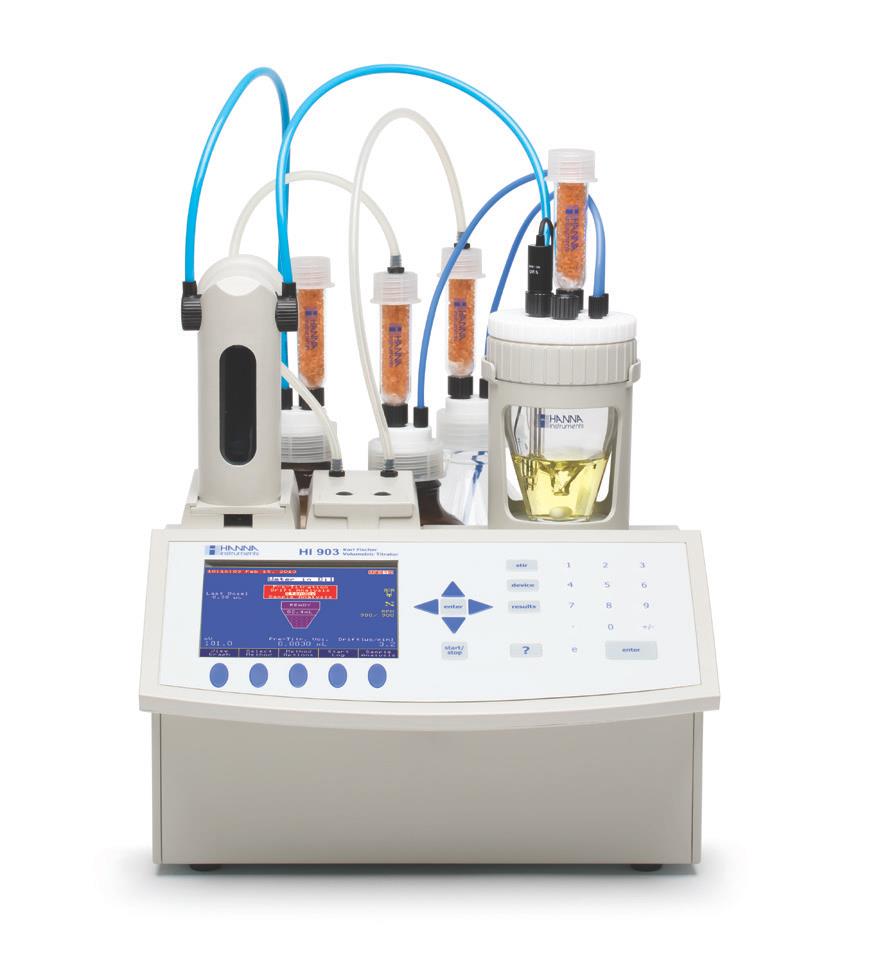
Environmental Monitoring of Nitrates and Other Water Quality Parameters: pH,
Environmental Monitoring of Nitrates and Other Water Quality Parameters: pH,...

Over the past few years, with the popularity of cooking shows, there has been an increasing trend of people experimenting more with flavours and tastes. One way that people experiment in the kitchen is through the use of spices and herbs. Considering the International Organization for Standardization (ISO) identifies over 100 varieties of herbs and spices, there are many different options for flavour combinations.
Spices and herbs have been traded throughout the world for use in food seasoning and colouring for thousands of years. Australia can be proud of its rich seasoning culture, starting from flavouring food by Aboriginal people. Due to favourable climate conditions, many of known herbs and spices can be grown and processed in Australia.
Traditionally, spices were processed and dried by being laid in the sun to dry. Since then, much more stringent standards have been established. These standards ensure that the final product is unadulterated and meets health and safety standards.
According to international and local regulations, moisture content is an extremely important parameter to measure. Monitoring moisture content in spices helps to prevent mould, bacteria, and yeast growth. Moisture content can also be monitored over time to assess storage conditions. The packaging in which the spices are stored will directly affect moisture uptake. For example, a package made out of paper might be sufficient in a dry environment, while spices in a humid environment may require additional protection. Based on the moisture content of the spices, adjustments to packaging materials or the environment in which spices are manufactured can be made as needed.

The best way to monitor moisture content for a spice importing/processing company is operating a Volumetric Karl Fischer Titrator in their quality assurance lab. Hanna Instruments Australia not only supplies an automatic HI903 Titrator for moisture analysis, but also helps to develop an extraction method for a variety of spices that will be run on the HI903 Volumetric Karl Fischer Titrator. Our experienced national titration specialist will help to determine which method of extraction is more effective to release the moisture in spices being analysed.
Hanna’s customers appreciate that external extraction parameters can be entered directly into titrator and all the calculations are performed automatically. This can save valuable time and reduce any errors from doing manual calculations. The USB port of the HI903 allows for easy transfer of the results by using a common flash drive.
The sealed solvent exchange system allows the solvent in the titration cell to be exchanged without opening the cell. This system uses an air pump to add and remove solvent without exposing the cell to atmospheric moisture.
With the help of Hanna Australia national titration specialist and the features of the HI903 Karl Fischer, any customer is able to bring moisture analysis into their QA lab.
Environmental Monitoring of Nitrates and Other Water Quality Parameters: pH,...
Salt Concentration In A Brine Solution For Curing Salmon Traditionally,...

To empower customers to achieve quality by supplying intuitive, accurate, and reliable analytical instruments with exceptional customer service and value.
We take pride in every product we build. From an original idea to a completed product ready for testing. We oversee every aspect of the manufacturing process. It is this level of attention to detail that sets us apart.
To empower customers to achieve quality by supplying intuitive, accurate, and reliable analytical instruments with exceptional customer service and value.
We take pride in every product we build. From an original idea, to a completed product ready for testing. We oversee every aspect of the manufacturing process. It is this level of attention to detail that sets us apart.
To empower customers to achieve quality by supplying intuitive, accurate, and reliable analytical instruments with exceptional customer service and value.
We take pride in every product we build. From an original idea, to a completed product ready for testing. We oversee every aspect of the manufacturing process. It is this level of attention to detail that sets us apart.

